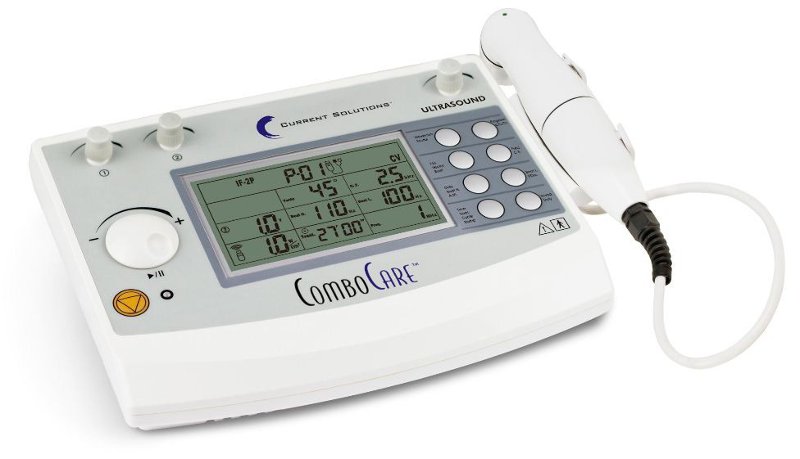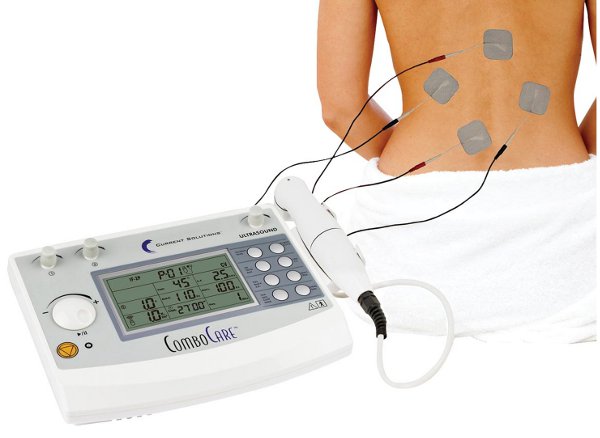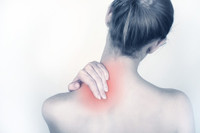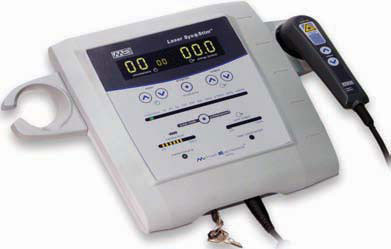 9th Sep 2015
9th Sep 2015
5 Physical Therapy Modalities for Pain Treatment
In Physical therapy we deal a lot with pain. Pain affects more Americans than diabetes, heart disease and cancer
combined. Pain is cited as the most common reason Americans access the health care system. Pain is a leading cause of disability and it is a major contributor to health care costs. According to the National Center for Health Statistics, approximately 76.2 million, one in every four Americans, have suffered from pain that lasts longer than 24 hours and millions more suffer from acute pain. Chronic pain is the most common cause of long-term disability. That’s a lot of statistics, but I wanted to make it clear how prevalent a problem pain is with our patients and community. And with a far-reaching problem, there needs to be far-reaching solutions that address the myriad sources of pain, from chronic illness to injury. Physical therapy is a viable solution for most people because the goal is always a return to function in addition to pain management or pain cessation.

TENs and Ultrasound Combo Therapy Reduce Pain and Increase ROM
Physical Therapy Modalities for Pain
With physical therapy, there are many active treatments (joint mobilizations, therapeutic exercise, etc) and modalities that when used together can be a powerful prescription for stopping pain. The modalities used are varied per patient needs, but are strategic in their approach and use.
- Heat Therapy: Heat increases blood flow and makes connective tissue more flexible. It temporarily decreases joint stiffness, pain, and muscle spasms. Heat also helps reduce inflammation and the buildup of fluid in tissues (edema). Heat therapy is used to treat inflammation (including various forms of arthritis), muscle spasm, and injuries such as sprains and strains. Heat may be applied to the body’s surface or to deep tissues. Hot packs, infrared heat, paraffin (heated wax) baths, and hydrotherapy (whirlpools) provide surface heat. Heat may be generated in deep tissues by high-frequency sound waves (ultrasound).
- Ultrasound/TENS
combo: A recent study in The Journal
of Exercise Science and Physiotherapy showed that
 Ultrasound & TENS combination units effectively reduced pain and increased range of motion when
applied to trigger point pain. Ultrasound works by emitting sound waves from a
hand-held wand that penetrates between 1 and 2 inches deep into soft tissue. These
sound waves can increase heat and improve circulation in the region, relax
muscles, and heal tissues. TENS units work by applying two pads placed on an
area of discomfort. The small unit emits an electric signal activating the
natural opioid pain-relieving system in the body.
Ultrasound & TENS combination units effectively reduced pain and increased range of motion when
applied to trigger point pain. Ultrasound works by emitting sound waves from a
hand-held wand that penetrates between 1 and 2 inches deep into soft tissue. These
sound waves can increase heat and improve circulation in the region, relax
muscles, and heal tissues. TENS units work by applying two pads placed on an
area of discomfort. The small unit emits an electric signal activating the
natural opioid pain-relieving system in the body. - Traction: Spinal traction is a form of decompression therapy that relieves pressure on the spine. It can be performed manually or mechanically on a traction table. Spinal traction is used to treat herniated discs, sciatica, degenerative disc disease, pinched nerves, and many other back conditions. Spinal traction stretches the spine to take pressure off compressed discs.
- Manual Therapy: From joint mobilizations to soft tissue massage, manual therapy relieves muscle tension, spasms, inflammation, fluid retention, aches, stiffness, and pain. Other benefits of manual therapy include improved circulation (blood and lymph), general flexibility, range of motion, and increased tissue elasticity (eg; scar tissue).
- Low Level Laser Therapy (LLLT): Low Level Laser Therapy helps relieve muscle tension, spasms, inflammation, fluid retention, aches, stiffness, and pain. Other benefits of LLLT include improved circulation (blood and lymph), general flexibility, range of motion, and increased tissue elasticity (ex: scar tissue). The laser is placed directly over the injured area for 30 seconds to several minutes, depending on the size of the area being treated and the dose provided by the cold laser unit. When cells absorb this light energy, it initiates a series of events in the cell that is theorized to eventually result in normalizing damaged or injured tissue, a reduction in pain, inflammation, edema and an overall reduction in healing time by increasing intracellular metabolism.
These are just a few of the effective treatment modalities a physical therapist can use when trying to alleviate a patient’s pain, whether chronic or situational. Pain is a pervasive, expensive problem many patients face. The advancements that are continually made in the treatment of pain offer many options towards keeping patients not only functional, but offer the possibility of living a life pain-free.
For more information about Physical Therapy and recommended devices see ProHealthcareProducts.com.






